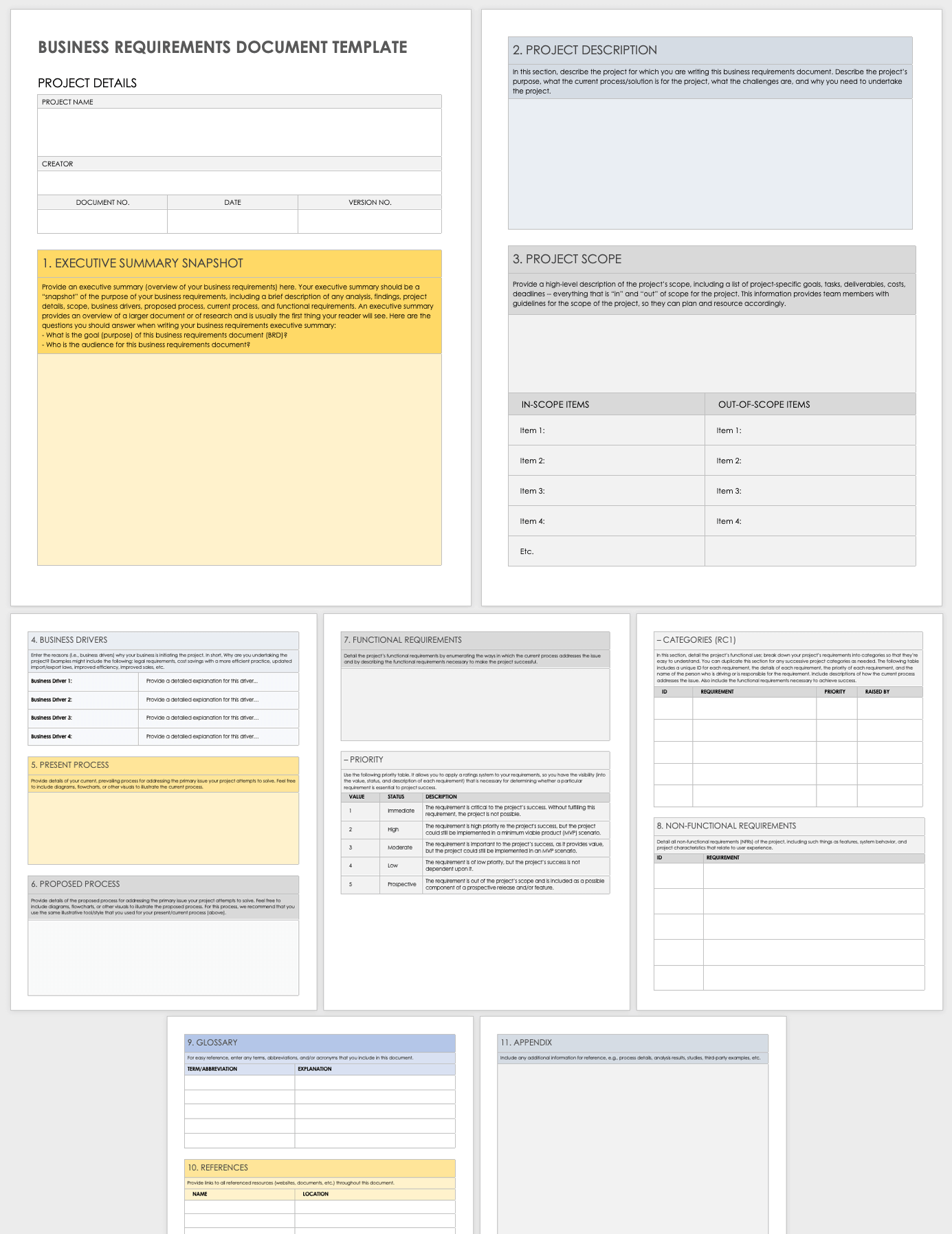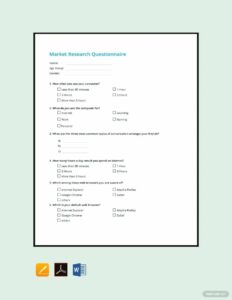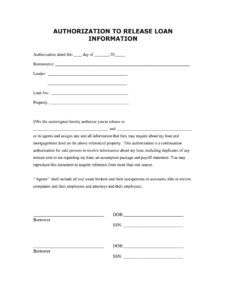Creating a business process requirements document is a critical step in ensuring that your business processes are efficient and effective. A well-written BPRD will help you identify the key requirements of your business processes, and it will provide a roadmap for how to improve them. There are many different business process requirements document templates available online, but it is important to choose one that is specific to your industry and your business needs.
Once you have selected a template, you can begin to fill in the details. The first step is to identify the scope of your business process. What are the key activities that need to be completed? What are the inputs and outputs of the process? Who are the stakeholders involved? Once you have a clear understanding of the scope of your process, you can begin to define the requirements.

What Should Be Included in a Business Process Requirements Document?
The following elements should be included in a business process requirements document:
- Process Name: The name of the business process.
- Process Owner: The person responsible for the process.
- Process Scope: The boundaries of the process.
- Process Objectives: The goals of the process.
- Process Inputs: The information and resources that are used by the process.
- Process Outputs: The products or services that are produced by the process.
- Process Constraints: The limitations that affect the process.
- Process Risks: The potential risks that could impact the process.
How to Create a Business Process Requirements Document
The following steps can be used to create a business process requirements document:
- Identify the business process. The first step is to identify the business process that you want to document. What are the key activities that need to be completed? What are the inputs and outputs of the process? Who are the stakeholders involved?
- Gather information. Once you have identified the business process, you need to gather information about it. This information can be gathered from interviews with stakeholders, process observation, and document review.
- Define the requirements. Once you have gathered information about the business process, you can begin to define the requirements. The requirements should be specific, measurable, achievable, relevant, and time-bound.
- Review the requirements. Once you have defined the requirements, you should review them with stakeholders to ensure that they are complete and accurate.
- Approve the requirements. Once the requirements have been reviewed and approved, they can be used to improve the business process.
Conclusion
A business process requirements document is a valuable tool for improving the efficiency and effectiveness of your business processes. By following the steps outlined in this article, you can create a BPRD that will help you to identify the key requirements of your processes and develop a plan for improvement.
Business process requirements document templates can be a helpful starting point for creating your own BPRD. However, it is important to remember that no two businesses are the same. Therefore, you should tailor the template to fit your specific needs.

